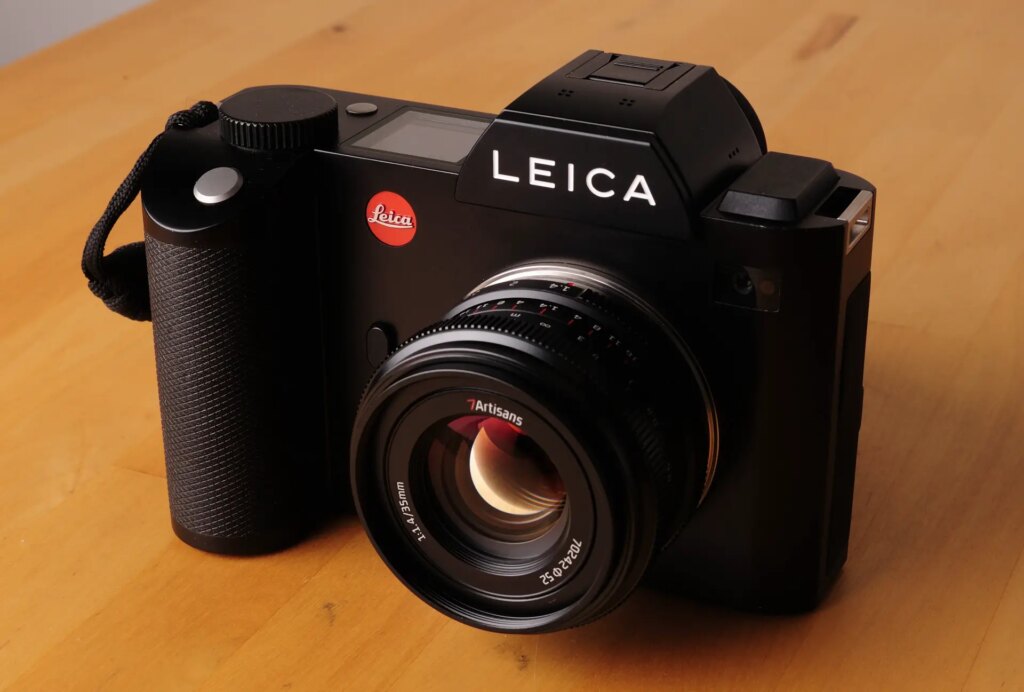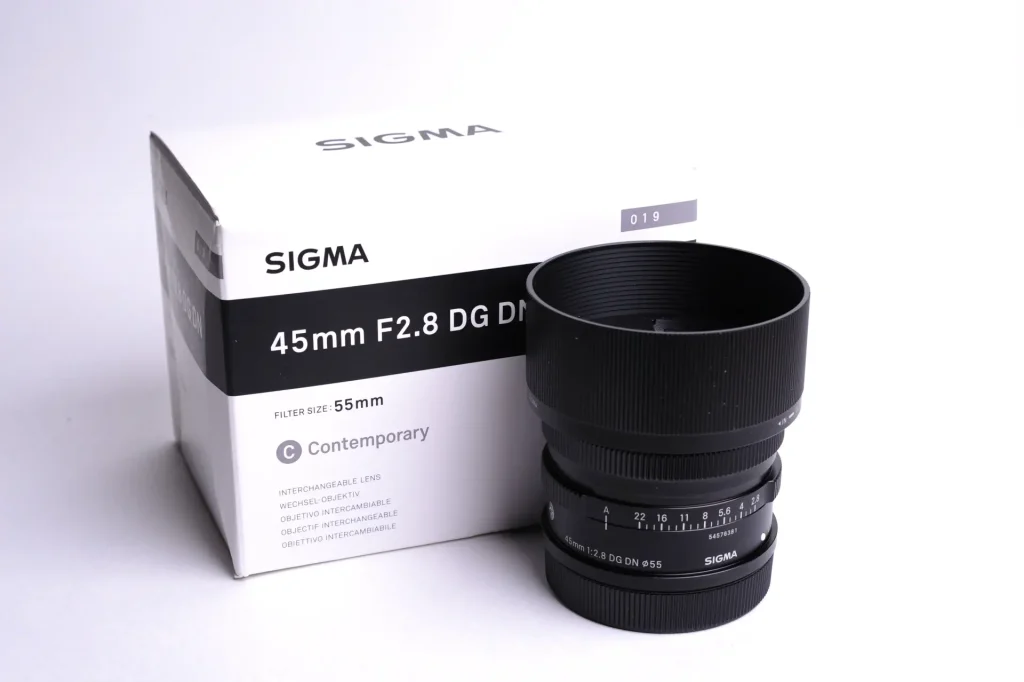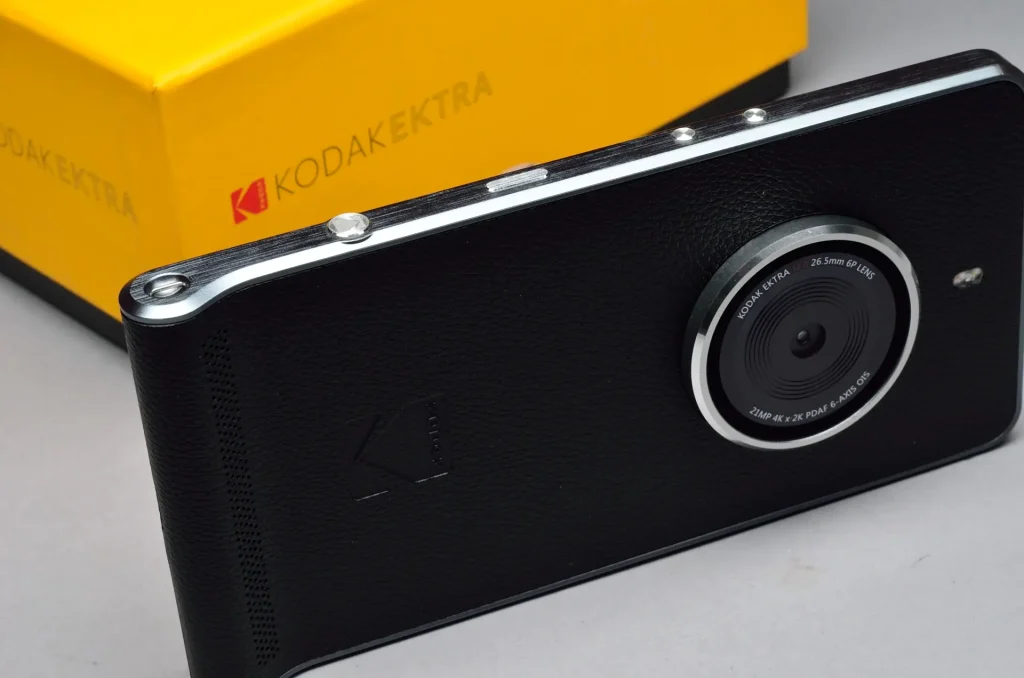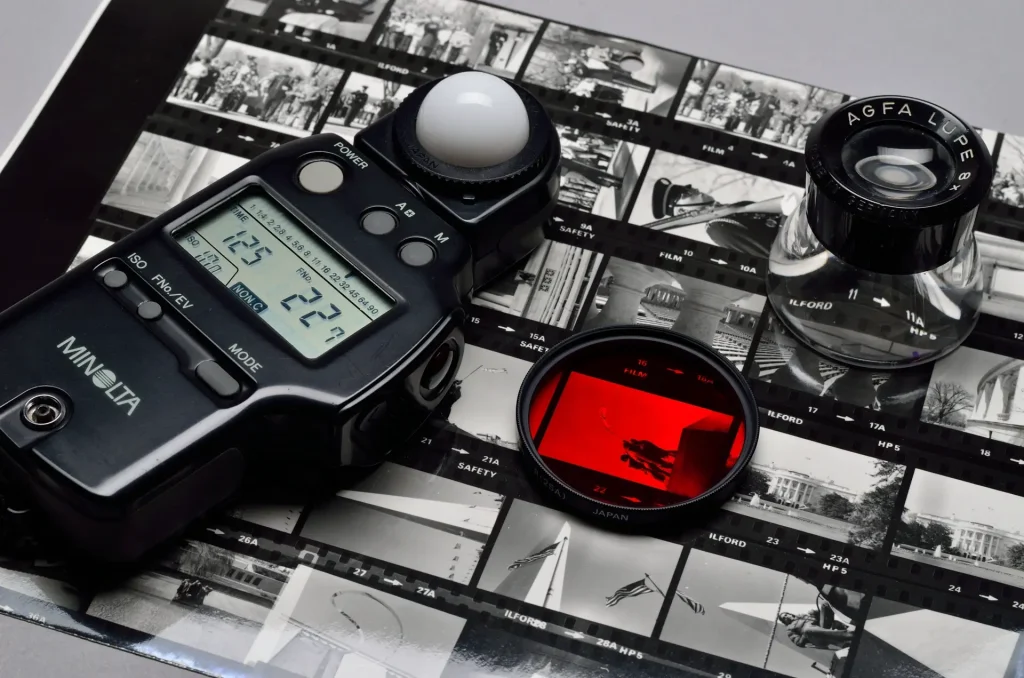
At first glance, I loved the new 7Artisans 35mm f/1.4 Mark II manual focus lens. It is available for the L-mount, Sony, Canon, and Nikon mirrorless systems. This lens absolutely...

Sigma introduced the 45mm f/2.8 DG DN lens last year for Sony E-mount and Leica L-mount cameras. It is part of their Contemporary line of lenses. Sigma had four goals when desig...

When I first read about the Kodak Ektra smartphone, I was intrigued. A phone with an honest-to-goodness camera, designed by Kodak specifically for photographers! However, when i...

Shooting film is a challenging process for many new photographers, especially those used to the instant feedback of digital cameras. Modern DSLRs are precision instruments that ...



